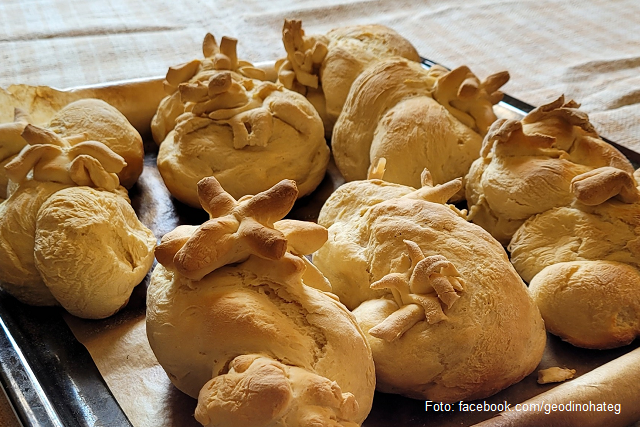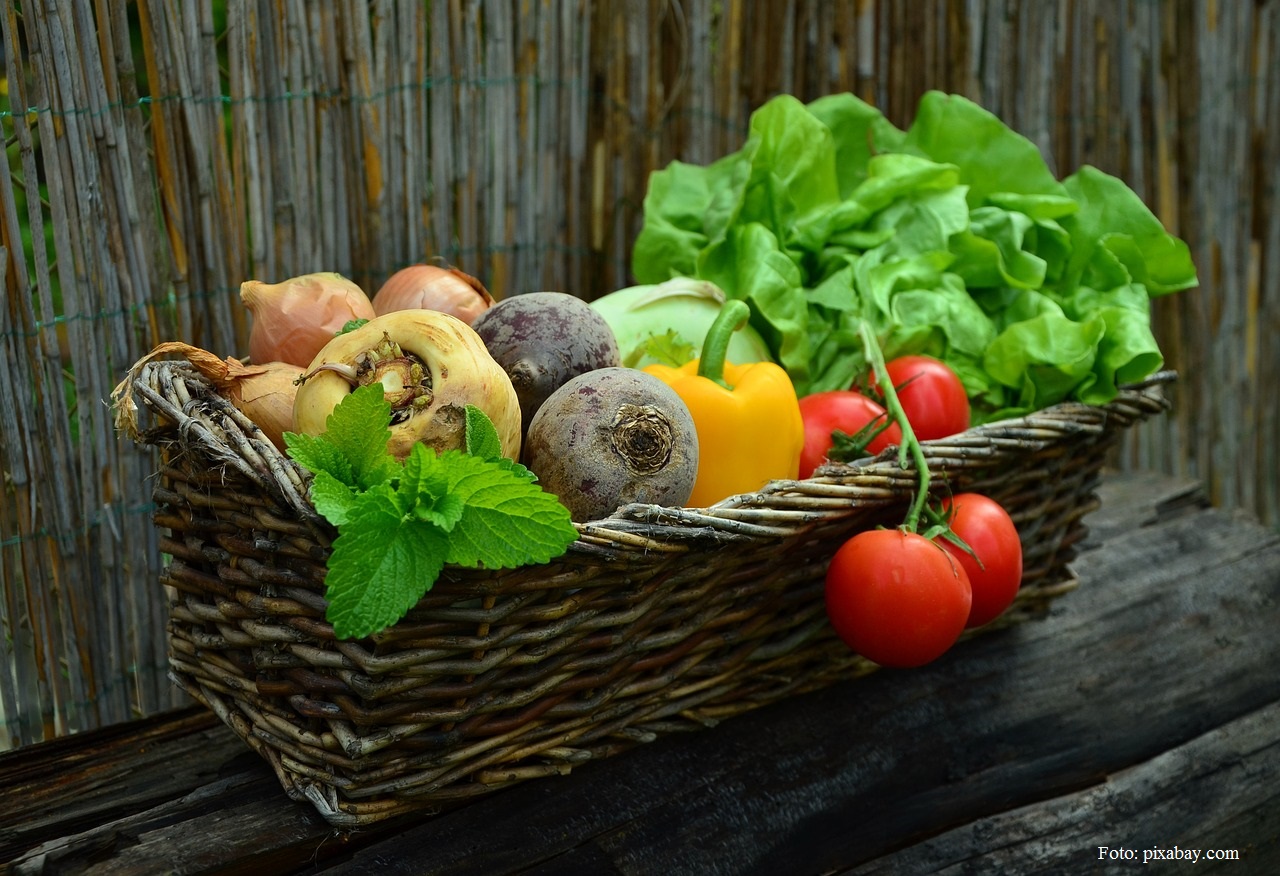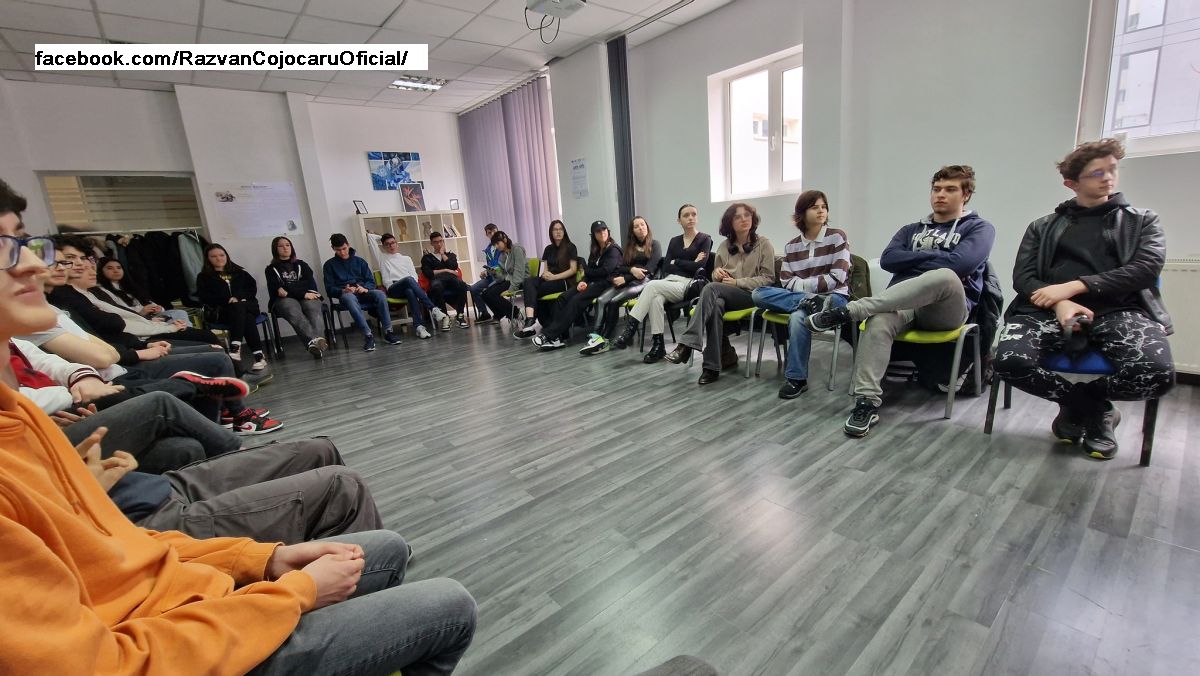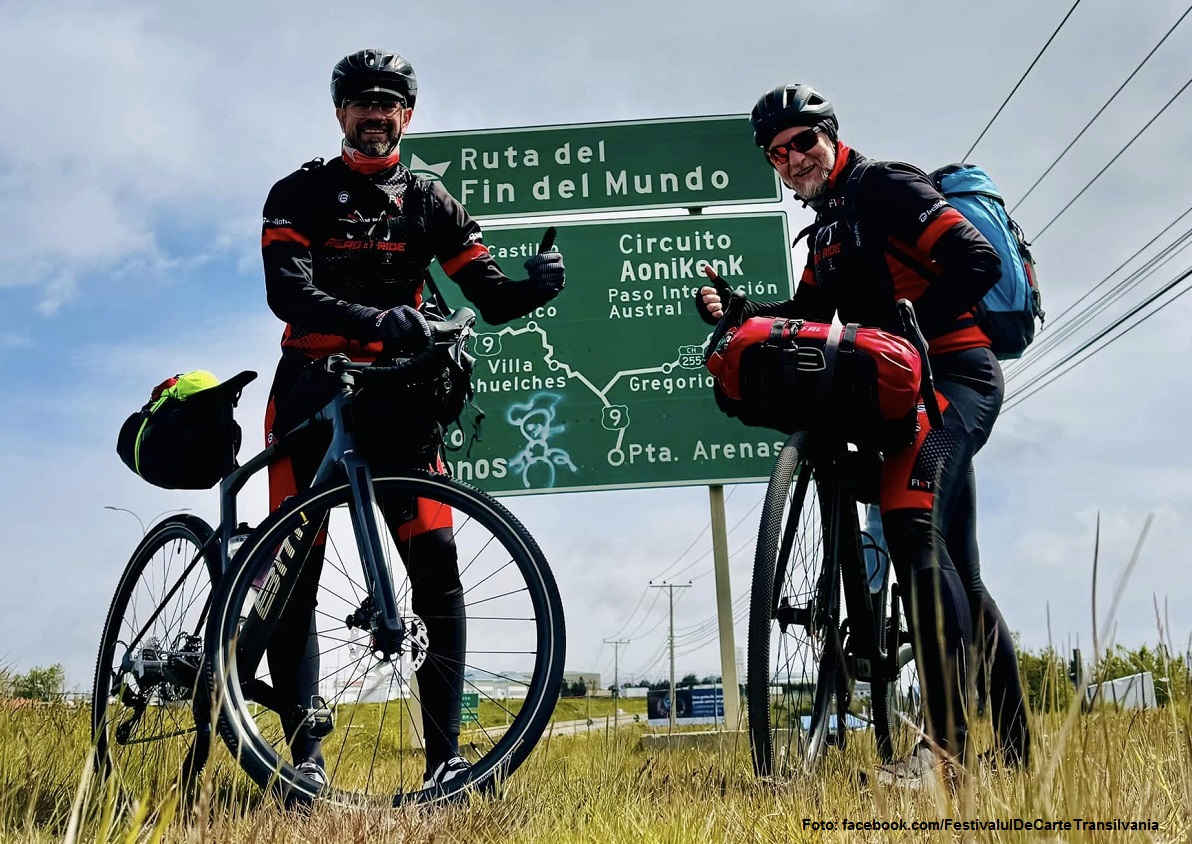Twinning on St. Theodore
Today we are going to southwest Transylvania, to Hunedoara County, to Hateg Country, a distinct ethnografic area

Ana-Maria Cononovici, 22.03.2022, 04:01
Today we are going to southwest Transylvania, to Hunedoara County, to Hateg Country, a distinct ethnografic area, chasing an ancient custom. Here we find the Hateg Country Dinosaur Geopark, a UNESCO site, promoting local identity, which comprises unique values.
One such example is the custom of Twinning on St. Theodore, an event recently held by the Womens Association of Santamaria Orlea, in partnership with the Geopark, as we were told by Silvia Szakacs Mikes, president of the association:
“Most of our projects had the geopark as a partner. The geopark is a catalyst of energies, and a promoter of everything going on in Hateg Country, everything worth promoting, both in terms of nature, and in terms of culture. One of the aims of the geopark is education, which is done in an organized fashion. In every school there are geo-exploration clubs, which run beautiful projects throughout the year. There, children learn what the geopark is, they learn about their area, they learn nature values, about the natural and cultural heritage, they not only get to know them, but promote them too. One of these projects was the twinning.”
Silvia Szakacs Mikes told us what this Twinning custom means:
“It is an ancient custom, it goes back into the fog of deep past, it is a custom that brings joy to kids. Twinning in fact means tying friendships, and is also a competition. In the last few years we have managed to revive this custom. What is Twinning in fact: it is a beautiful custom, for which we prepare special braided bread loaves, called St. Theodores loaves, made of bread dough, which is rolled into long thin rolls that get braided. Specific to these is the so-called crest, which is shaped like a flower, made out of the same dough, except it is tougher, it has more flour, to be able to retain its shape. This dough is rolled out and cut in strips, which are then laid on top of the loaves and pinched into shape. They are then put into the oven to bake, and after they are done they are set aside for the following day, because twinning happens on Sunday morning. They are made very carefully, the crests are then very carefully taken off the top by mothers, and then they are decorated with flowers of all kinds, depending on what is available that day. They are also used so that the crest can float on the water. This event is incredibly full of energy. It gives fantastic joy to the kids, you should see their faces, they are beaming with emotion!”
As happens every year, the kids made the loaves decorated with crests made of dough. Then they were baked in the households of the organizers, because unfortunately the old style bread ovens no longer exist. After they are baked, the loaves are savored by the children, but the crests, adorned with spring flowers, were taken to the river and set on the water, according to tradition. Here with details is Silvia Mikes:
“This is a competition, the crests are laid on a plank of wood. In olden times, they were laid on the mai. The mai is the wooden mallet used to beat the water out of laundry when laundry was washed on river stones. They are laid out in a row, and a parent puts the plank or the mai on the water, and the first crest to fall off, it is the big husband. This is a great point of pride, and the others enjoy watching the crests float down the river, because the leader now changes, depending on how the water flows. We managed to teach them to make their own crests. They are actually taking part in kneading the dough. They see how it is kneaded, how it rises, they made their own crests, and were beaming with pride. This seems extraordinary to me, because we are passing down traditions, we are reviving them, and they get to hand them down too. In addition, they enjoy working together, and friendships are sparked. I remember that my nana, at a venerable age, still called her best childhood friend her wife, because they had twinned as kids. It is one of those beautiful customs that is worth carrying on.”
The child whose crest flows down the river the fastest is proclaimed the big husband, or the big wife. Their first duty as such is to gift to the other kids juice or sweets. It is said that friendships tied on this day are lifelong.
Our interlocutor told us that, as a child, she personally took part in the St. Theodore Twinning, and that the only difference between then and what happens now is that there are fewer children in villages. In spite of that, the joy is just as great, so it is possible for such customs to be treasured by the little participants of today, making them desire to pass it down later to the coming generation.






























